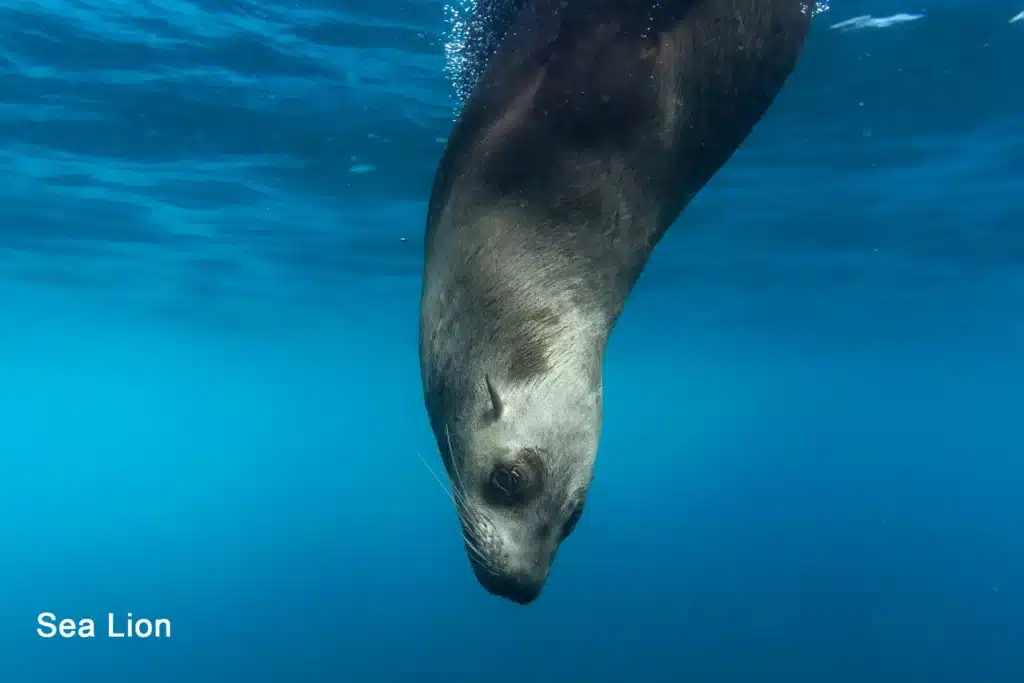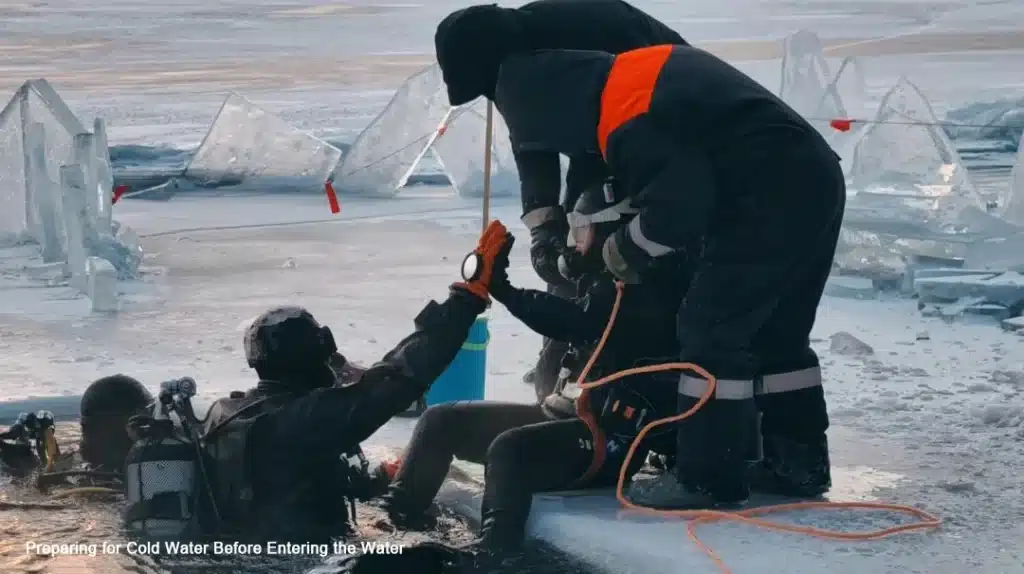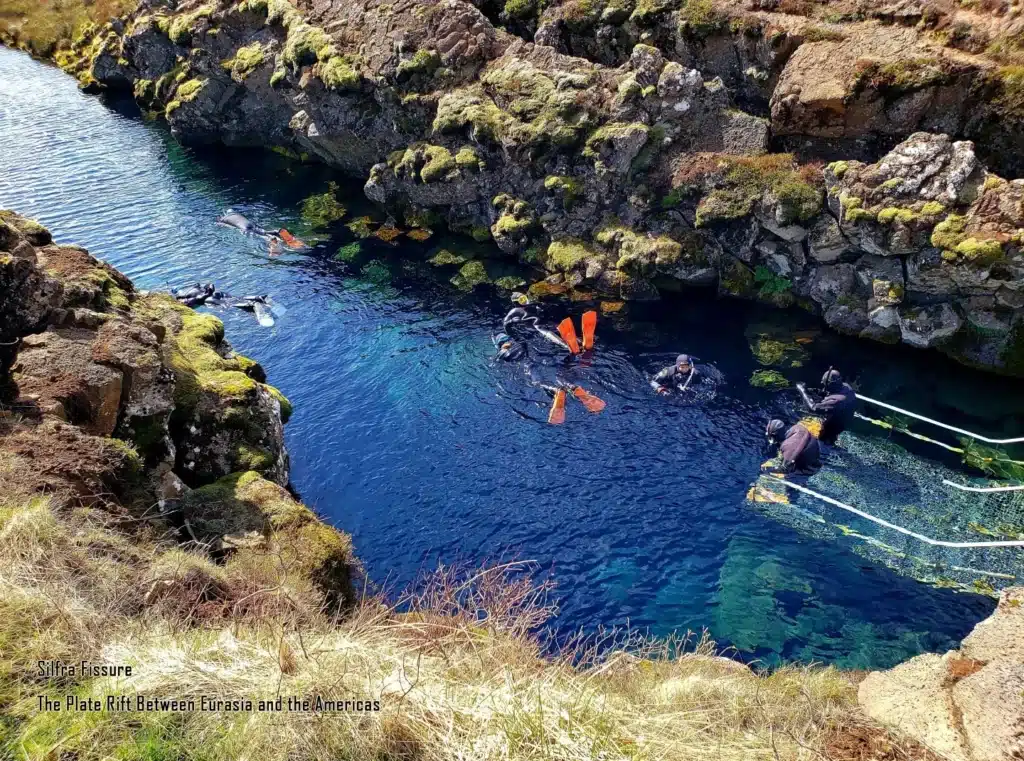Blog
Beginner’s Guide to Cold Water Diving: Gear, Techniques & Safety Tips
The Allure of Cold-Water Diving
When most people think of scuba diving, they imagine tropical islands, clear turquoise seas, and colorful coral reefs.
In reality, cold-water diving is equally breathtaking—from California’s kelp forests to Iceland’s crystal-clear Silfra fissure, to playful sea lions along Canada’s Pacific coast.
Cold-water dives bring a different kind of underwater beauty: greater visibility, distinctive marine life, and fewer crowds.
Cold-water diving isn’t just a challenge—it’s a serene experience.
The chill quiets the world, and every breath sounds sharper, as if you could hear your own heartbeat beneath the waves.
What Makes Cold-Water Diving Different?
Any dive in water below 60°F (15°C) is generally considered cold-water diving.
Compared to warm-water dives, cold conditions place higher demands on both divers and their gear:
- l Increased thermal protection: Requires a thick wetsuit or drysuit.
- l Buoyancy changes: Denser cold water means you’ll need to adjust your weights.
- l Reduced dexterity: Hands and fingers stiffen in low temperatures.
- l Faster air consumption: The cold elevates metabolism, using air more quickly.
Despite these challenges, the rewards are worth it—mirror-clear visibility, majestic kelp forests, and encounters with seals, octopuses, and wolf eels that thrive only in cooler seas.

Essential Gear for Cold-Water Diving
Cold-water diving demands more advanced gear than tropical dives.
The right setup ensures warmth, comfort, and above all, safety.
✅ Thermal Protection
- l 7mm wetsuit or drysuit:
For waters below 50°F (10°C), a drysuit with thermal underlayers provides superior insulation. - l Hood, gloves, and boots:
Around 20% of body heat escapes through the head—never skip these. Gloves should be 5–7mm thick. - l Thermal undergarments:
Choose breathable fleece or technical thermal layers; avoid cotton as it retains moisture and cools rapidly.
✅ Regulator & Air Supply
- l Cold-water regulator:
Use a regulator specifically designed with anti-freeze features. - l Backup air system:
A compact tank like the SMACO S700 Mini Scuba Tank is perfect for cold-water emergencies or short dives.- S700MAX: Higher air capacity, ideal for shore dives and training.
- S400 / S400Plus: Lightweight and portable, excellent as a main or backup tank.
✅ Additional Gear
- l Anti-fog mask solution (cold water fogs more easily)
- A dive computer with a temperature sensor
- l High-lumen dive light (visibility can change quickly)
- l Spare weights and surface marker buoy (SMB)
Preparing Your Body for the Cold
Cold-water diving is as much a physical challenge as a technical one. Preparation and recovery are crucial.
- l Acclimate gradually: Start with shorter or slightly warmer dives.
- l Stay hydrated: You may not feel thirsty, but dehydration still increases DCS risk.
- l Eat a warm, balanced meal: Helps maintain body heat and energy levels.
- l Avoid alcohol and caffeine: Both accelerate heat loss.
Pro Tip: After the dive, change out of wet gear immediately, dry off, and sip a warm drink to restore body temperature.

Safety Essentials for Cold-Water Diving
Cold-water environments require extra caution and teamwork.
- l Plan shorter dives: Reduce exposure time and monitor air closely.
- l Conduct thorough buddy checks: Pay special attention to drysuit valves and regulators.
- l Watch for free-flowing regulators: If it happens, signal your buddy and ascend safely.
- l Warm up immediately after diving: Dry off, dress warmly, and hydrate.
If you experience shivering, numbness, or dizziness, end the dive and seek assistance right away.
Top Cold-Water Dive Destinations
- l Monterey Bay, California: Towering kelp forests and playful sea lions.
- l Silfra Fissure, Iceland: A surreal dive between two continental plates.
- l Vancouver Island, Canada: Encounter giant Pacific octopuses and wolf eels.
- l Scapa Flow, Scotland: A legendary cold-water wreck-diving destination.

The Unique Beauty of Cold-Water Diving
Cold-water diving isn’t about enduring discomfort—it’s about discovery.
Beneath the icy blue surface, light refracts more sharply, sound fades into stillness, and marine life thrives in vivid contrast.
With proper preparation and the right gear—especially reliable mini scuba systems like the SMACO S700, S400Plus, and S700MAX—you can explore safely and confidently, even in the coldest seas.
Final Thoughts
Cold-water diving is an adventure of courage and beauty.
With the right knowledge, preparation, and equipment, it’s not an extreme challenge—it’s your gateway to another tranquil, blue world.
